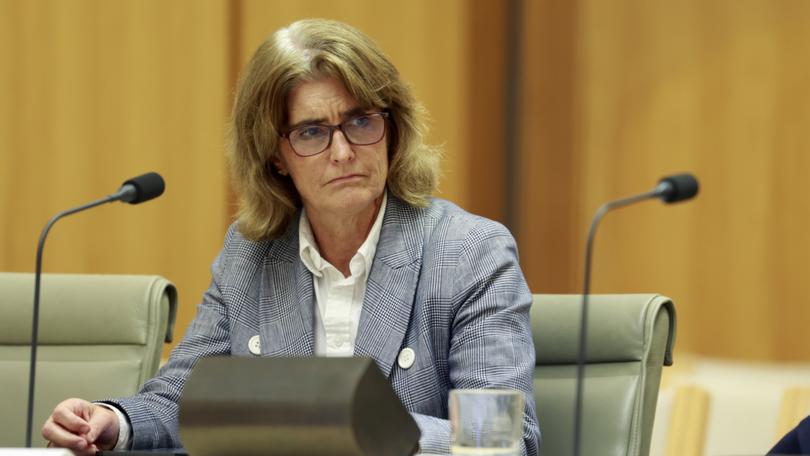Underlying inflation drops 0.4 points to 3.5 per cent, according to Australian Bureau of Statistics data

Jim Chalmers says Australia is on track for a soft landing after inflation dropped to its lowest level since 2021 — but the numbers are unlikely to sway the Reserve Bank to cut interest rates.
The Treasurer declared inflation was back in the Reserve Bank’s target zone, after power bill credits and falling fuel costs helped slow consumer price rises to 2.8 per cent for the year to September.
Perth residents were hardest hit in the country over the past year, with rising rents and building costs sending local prices up 3.8 per cent.
Sign up to The Nightly's newsletters.
Get the first look at the digital newspaper, curated daily stories and breaking headlines delivered to your inbox.
By continuing you agree to our Terms and Privacy Policy.“Inflation is now much less than half of what we inherited and around a third of its peak,” Dr Chalmers said.
“Our policies, including energy rebates, are making a meaningful difference and helping in the fight against inflation but they don’t explain all the moderation in today’s figures.
“Inflation is back in the band, our back-to-back surpluses are helping, and we’re rolling out responsible cost of living relief which is making a difference.”
Dr Chalmers also repeated his warning that oil price volatility would add to pressure on the economy, after last week telling world leaders an escalation of the Middle East conflict could add to inflation.
Yet the rebates for power and rent will only temporarily ease price pain, and the Reserve Bank will ignore the impact when setting interest rates.
Shadow Treasurer Angus Taylor said the subsidies “will not hoodwink the Reserve Bank of Australia, and they certainly won’t hoodwink the Australian public”.
“There is still a long way to go in this battle towards a strong, low inflation economy in Australia,” Mr Taylor said.
“The homegrown inflation, the non tradable inflation, is running at over 4 per cent, almost seven times what the imported inflation level is. And that tells us that we’ve still got a sustained and persistent inflation problem in this country.”
But there was good news as the RBA’s preferred national inflation measure — trimmed mean — was lower.
The figure, stripping out volatile items including power bills, fell sharply to 3.5 per cent. That’s down from a revised 4 per cent in the year to June, according to the Australian Bureau of Statistics.
It was in line with the consensus of economists reported by Bloomberg.
The RBA wants to be confident the metric is on track to stay within its target band of 2 to 3 per cent before moving to cut interest rates.
Commonwealth Bank once again punted back their forecast for a rate cut, from December to February. That lined up with ANZ, NAB and Westpac’s view.
“We do not think the decline in trimmed mean inflation will be enough to convince the RBA it should begin the easing cycle this year,” ANZ senior economist Catherine Birch said.
“Particularly as there does not appear to be an urgent need to support the labour market, given its resilience over recent months.”
Also thinking the RBA would leave rates unchanged at the board meeting next week were RSM economist Devika Shivadekar and VanEck portfolio manager Cameron McCormack.
Ms Shivadekar said Wednesday’s figures were “a step in the right direction”, picking a cut in the first quarter of next year.
Mr McCormack said “the RBA has specified on numerous occasions that it will not be persuaded by temporary measures that artificially lower the headline inflation figure”.
“In this case, the government’s energy rebates. The preferred inflation measure, the trimmed mean, remains stubbornly high at 3.5 per cent.”
It comes one week after the International Monetary Fund projected Australia’s inflation would be close to the highest in the developed world next year.
Governor Michele Bullock warned in August that borrowers should not expect rate relief in the near future.
But the central bank showed signs of a pivot the following month, toning down the comments and declaring it was open to moving either way.
Markets reportedly predicted a less than one in four chance of a rate cut before the end of the year, with borrowers most likely waiting until the June quarter.
